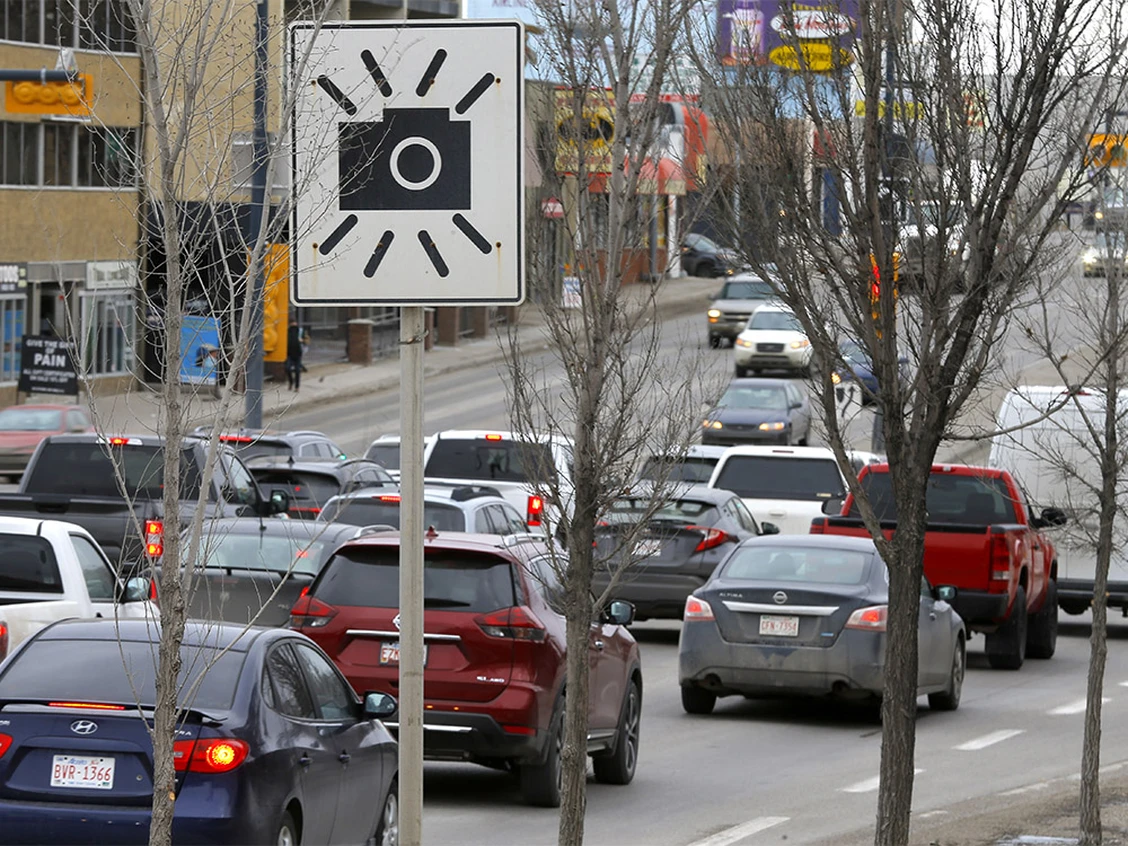
Understanding the Changes to Photo Radar Usage in Alberta
November 30, 2023
Photo radar has been a topic of discussion in Alberta, with recent changes aimed at improving traffic safety outcomes. Here, we will explore the modifications made to photo radar usage and their impact on road safety.
The Alberta government has taken significant steps to ensure that photo radar is used primarily for traffic safety rather than revenue generation. Some of the key changes include:
-
New Quarterly Data Submission Requirements (January 2022): Municipalities are now required to collect and submit data on contraventions, collisions, fatalities, and associated reported injuries. This data aids in monitoring and evaluating the effectiveness of photo radar programs.
-
Definition of Transition Zones (April 2022): A new definition of transition zones has been adopted, encompassing areas with rapid changes in speed, such as highway on and off ramps and exits. Residential streets with speeds less than 50 km/h are now prohibited from having photo radar, except for school and playground zones or construction zones.
-
Restriction on Additional Ticket Issuance (April 2022): To avoid excessive ticketing, the issuing of additional ticket(s) within 5 minutes of each other has been restricted. Only the most serious infraction will be issued a notice.
-
Revised Site Selection Criteria (June 2022): Sites selected for photo radar can no longer be based solely on public concern or conventional enforcement criteria. Additionally, the use of photo radar in school zones is limited to when school is in session and the speed restriction is in effect as per local municipal bylaws. Construction sites must have at least one worker present for photo radar to be used.
-
Reassessment of Existing Locations (December 2022): All existing Automated Traffic Enforcement (ATE) locations have been reassessed using new location selection criteria. Rationale and data for each location are now documented using a standardized form. Mobile photo radar vehicles are required to be visibly marked or wrapped to inform drivers about active enforcement.
-
Increased Public Awareness (December 2022): To enhance public awareness, new photo radar sites are advertised online and through social media channels. This ensures that drivers are informed about the presence of photo radar in specific locations.
-
Annual Performance Reports (May 1, 2023): Starting from May 1, 2023, an annual report will be prepared for the public, providing information on transportation safety outcomes, ATE performance indicators, performance targets, and data related to the performance indicators as per the revised Photo Radar Guideline.
The Alberta government emphasizes that traffic safety, not revenue generation, must be the objective of Automated Traffic Enforcement programs. Collaboration between police services and municipalities is crucial in ensuring that these programs effectively improve traffic safety outcomes. Ongoing evaluation and public transparency play essential roles in the success of photo radar initiatives.
The changes to photo radar usage in Alberta demonstrate a commitment to prioritizing traffic safety. By implementing stricter regulations, reassessing locations, and increasing public awareness, the goal is to create safer roadways for all residents. With a focus on transparency and accountability, these measures aim to ensure that photo radar is used effectively to improve traffic safety outcomes in the province.
